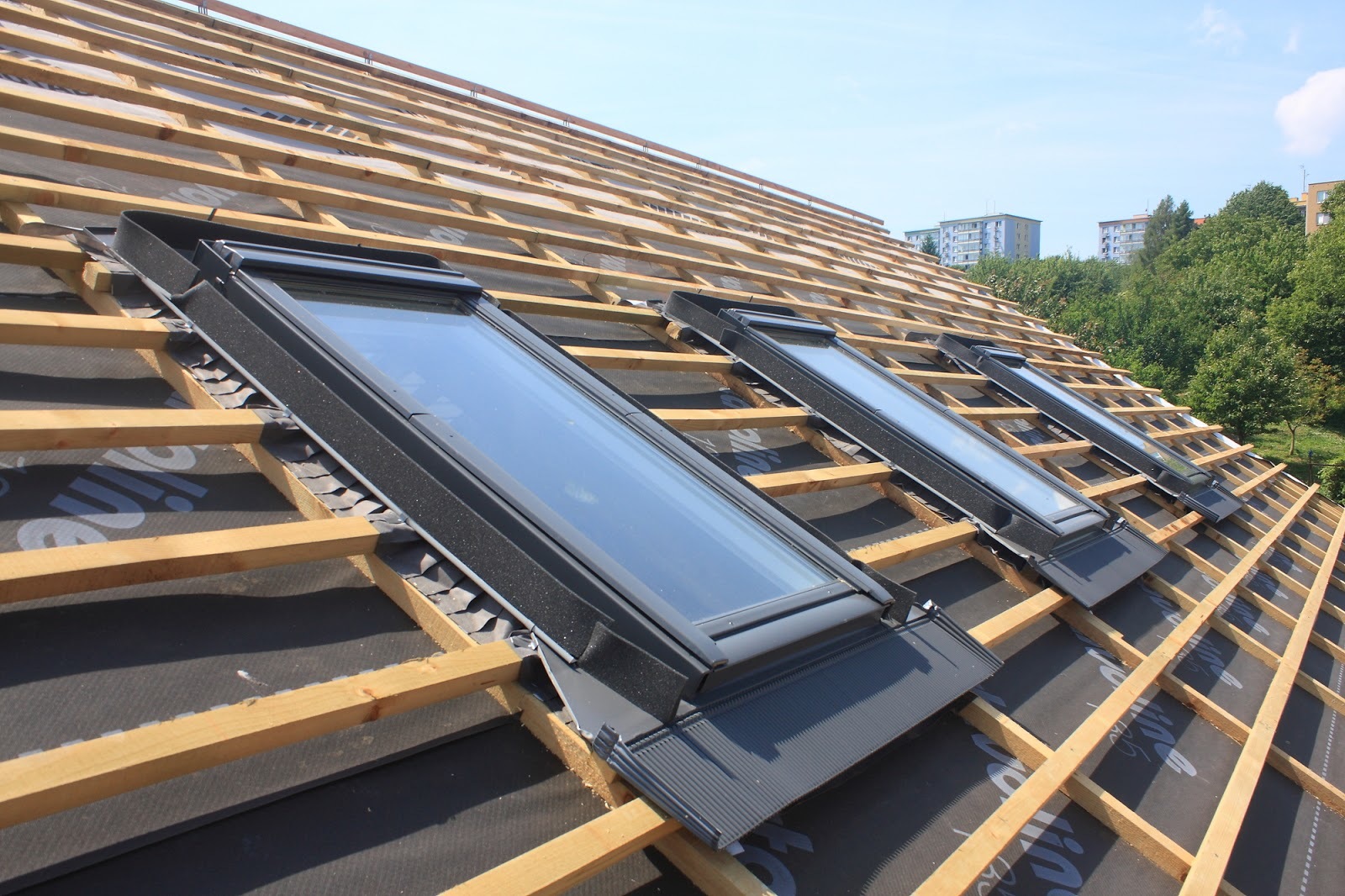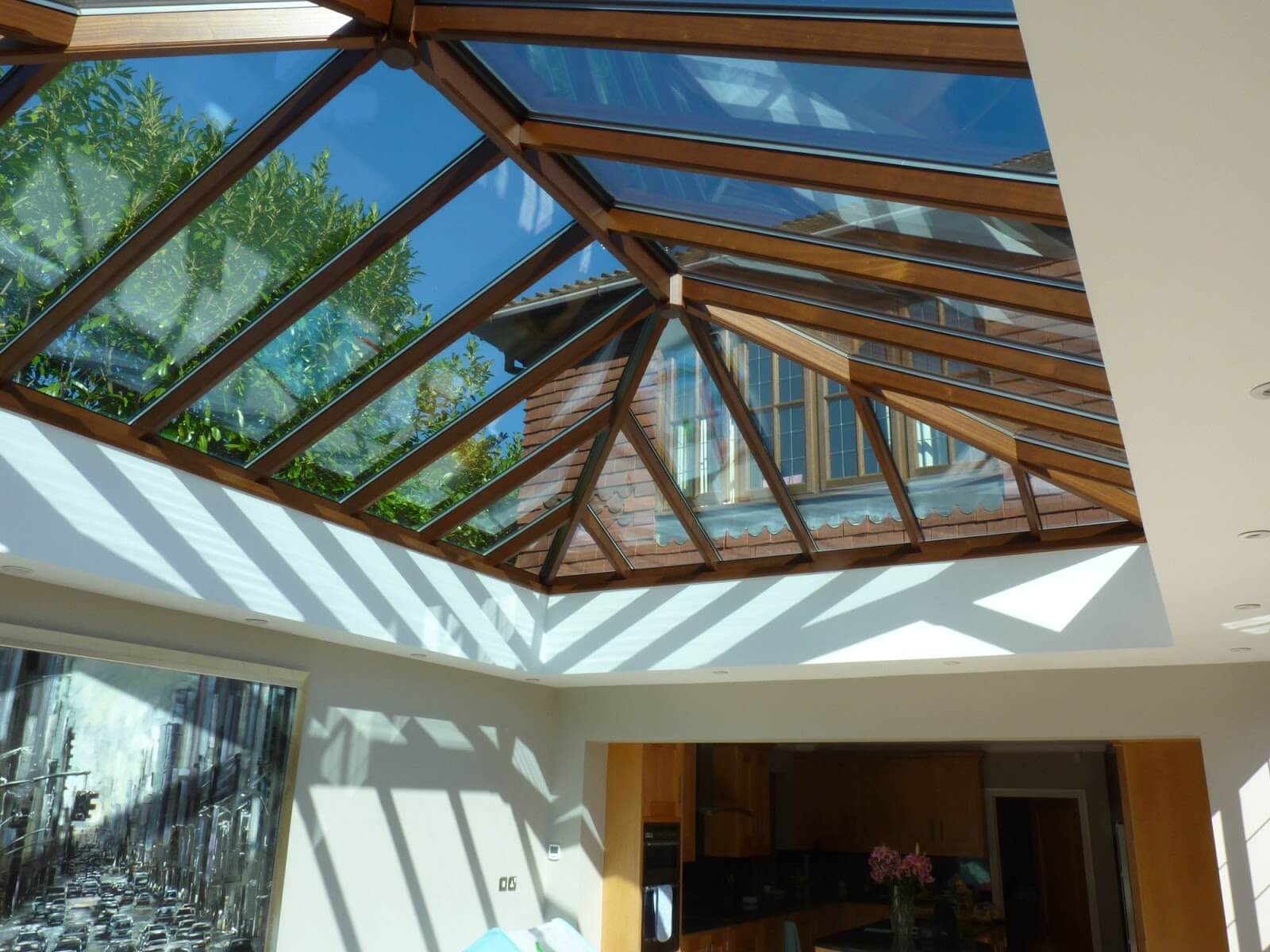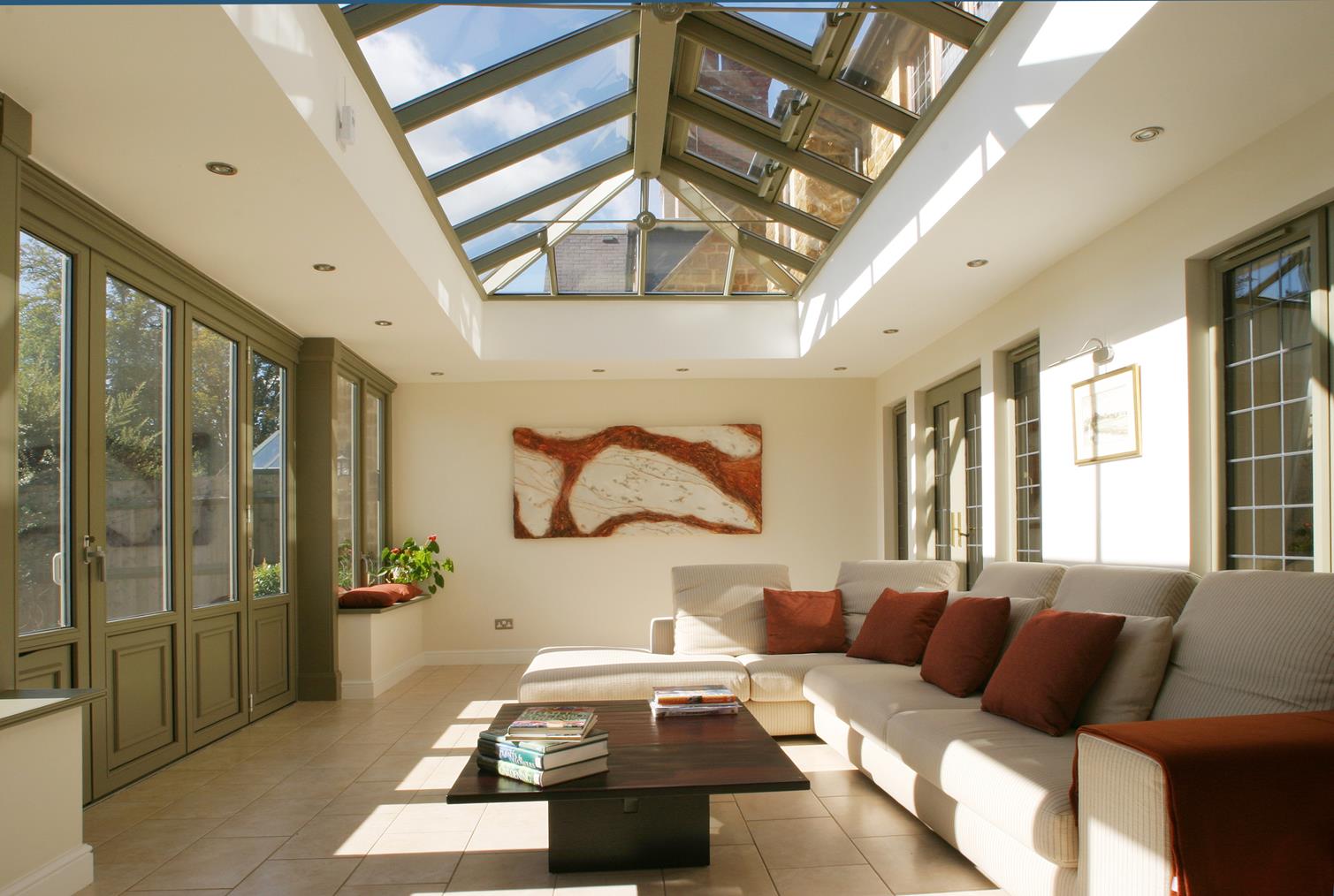Looking to add a touch of rustic charm or contemporary elegance to your home? A wooden roof lantern just might be the perfect architectural focal point. Let’s explore the warmth and character that wood lends […]
Cleaning Skylights: 6 Top Tips on How to Clean and Maintain Your Skylight
Skylights – the perfect way to let light in.
Set into a sloped roof, they are a small, perfectly formed, and relatively low-cost way to brighten up a place and reduce energy costs.
Skylights allow natural light to flood in to a room making it feel more spacious and inviting.
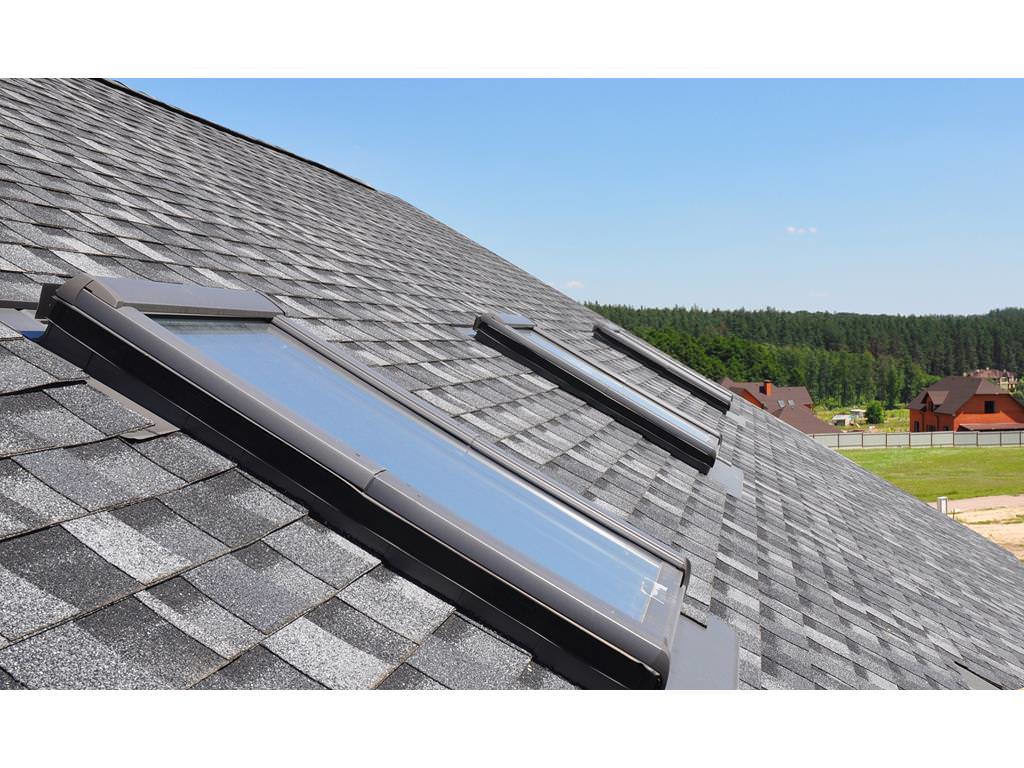
And in much the same way as roof lanterns and popular walk on rooflights do, they will add a certain value to your house…
…especially in the mind of prospective buyers.
But:
How often should skylights be cleaned and how much rooflight window maintenance can you try to do yourself? Does a skylight fitted with self-cleaning glass really not need to be cleaned?
And how does self-cleaning glass work anyway? (Read on to find out).
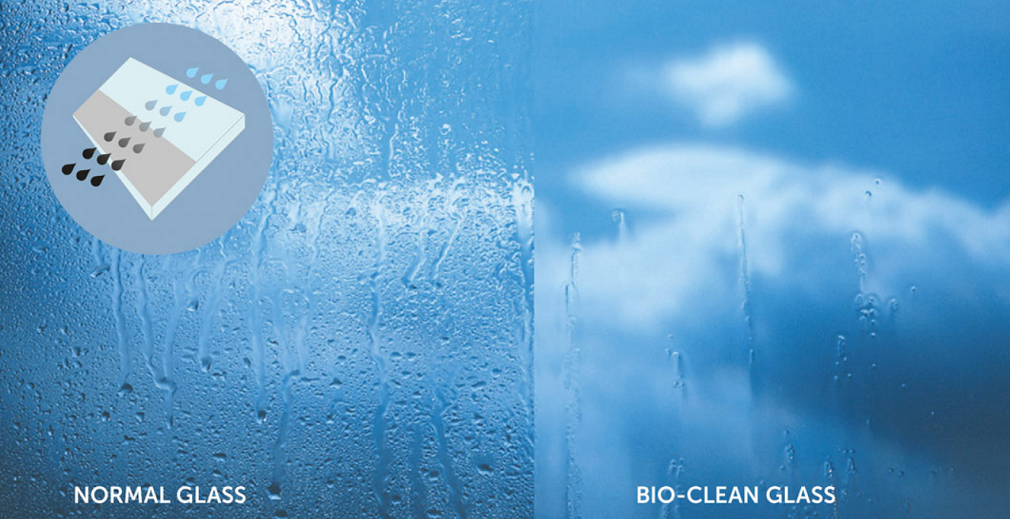
With proper upkeep, maintenance and cleaning, your new skylight will live long and prosper.
Checking for things like leaks and cracks will go some way to preventing remedial work.
Such mundane things like natural debris on roofs can easily block drainage or add unnatural pressure to the structure of a skylight. Left long enough without proper care you may find your skylight costing you extra in the form of repairs or, worse still, a reinstallation.
And no-one wants that!
Which is why Prestige Roof Lanterns fit only high-quality timber or oak hardwood skylights made to last.
But we need your help to care for them!
So, we’re going to give you 6 Top Tips for looking after your skylight. With you knowing the tools and products, dangers and benefits of skylight cleaning and maintenance, together we can extend its life and keep it looking great for years to come.
And of course:
For some extra skylight maintenance solutions not mentioned here, call us: 0843 886 7945
1. Cleaning Skylights
How to clean the inside of skylight windows:
You’ll be surprised how quickly the interior glass of a skylight picks up dirt. Like any window ever made it seems to attract dust like a super-magnet, so here’s the first bit of advice:
Aim to clean your skylight every two to three months
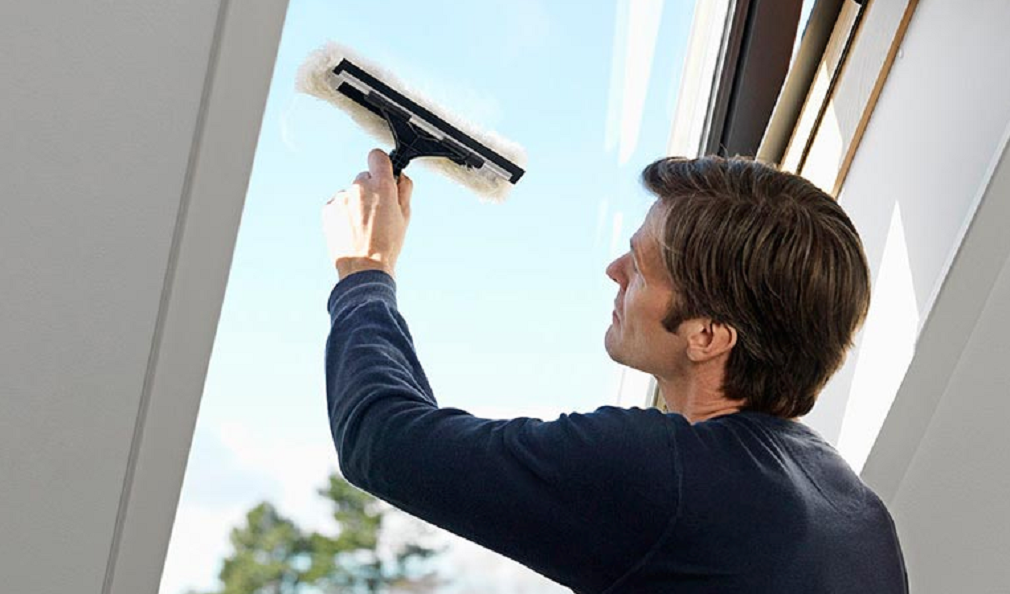
If you’ve decided to clean the inside of your skylight today then you should grab the following from your under-stairs cupboard:
• A bucket of mild soapy water
• A sponge (non-abrasive)
• A squeegee (but avoid use on self-cleaning glass)
• Brown paper or newspaper (for the drips)
• Chamois or a micro-fibre cloth
• Dry lint free cloth or drying pad
• Glass cleaner
As you probably already know, the process of how to clean glass windows is simple:
Wash the glass with a sponge soaked in warm washing-up liquid; but the fewer suds the better.
Wipe off the excess water with a squeegee, starting at the top of the glass and working your way down. (Top Tip: Wipe the blade of the squeegee after each pass).
Dry the glass with a damp chamois or micro-fibre cloth to remove any remaining water.
Dry the windowsills especially the sill at the bottom of the window where water may have dripped.
Use a non-abrasive glass cleaner for the finishing touch, but don’t leave the glass cleaner on too long.
And be careful…
…Some window cleaning solutions may damage the surrounding woodwork.
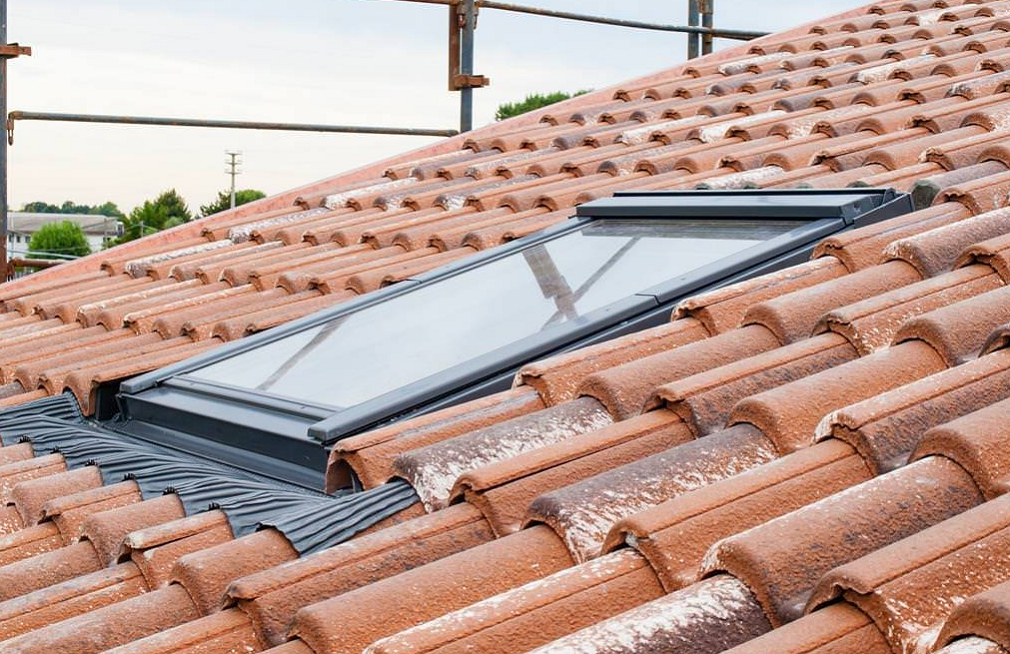
Another Top Tip: Avoid doing all of this in hot weather.
And here’s why:
Because although beams of sunlight makes it easier to see the dirt, the hot weather that usually comes with the sun will dry the water on the glass too quickly, creating streaks and lines.
So, it’s best to pick a cool-ish, cloudy-ish day for glass cleaning.
How to clean the outside of skylight windows:
Head back to the under-stairs. The sorts of cleaning tools you need will be the same, as will the process be…but you’re now going to need a ladder.
So, only do this if you feel comfortable with heights and you’re not prone to vertigo or general dizziness. If you are, call a professional window cleaner.
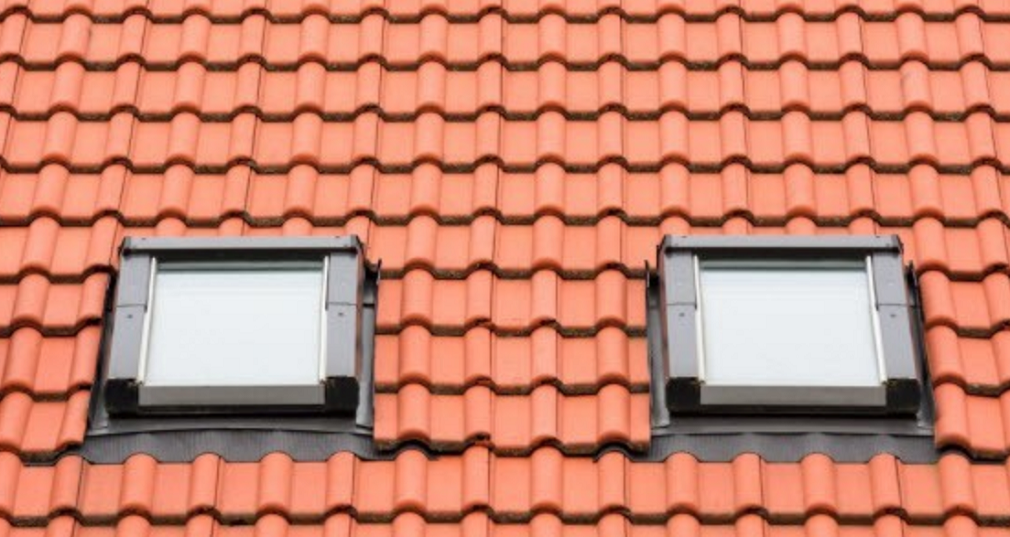
What is self-cleaning glass?
For most of our standard designs Prestige Roof Lanterns use 28mm, low-e argon-filled double-glazed units. We are also able to fit solar-control or a self-cleaning coating to the glass.
But how does self-cleaning glass work?
Self-cleaning glass is coated in an organic compound which, using natural daylight, breaks down dirt.
The glass’s chemical coating reacts with sunlight to oxidize organic material on the glass. Whatever is left after this happens is simply washed away by rainwater. When rain hits the glass it runs off more easily and tends not to form droplets on the glass…
Leaving it, well, clean.
Self-cleaning glass – because of the way it works – tends not to be a wise choice for flat roofs, or even if the window is only on a slight pitch. That’s because, in order for the organic material to be washed off effectively, the window needs to be set with a minimum pitch of 30 degrees.
In any case, the term self-cleaning doesn’t really eliminate window cleaning entirely. The coating on the glass may help to keep it clean but the window will still need to be cleaned and maintained.
But doing so comes with a warning:
If these specific cleaning procedures for self-cleaning glass aren’t adhered to you may damage the window beyond repair and void the warranty.
- Do not use soap that has any type of dye in it
- Do not use ANY type of abrasive cloth
- Use of squeegees is NOT recommended
- If possible, use purified water
2. Leak Check
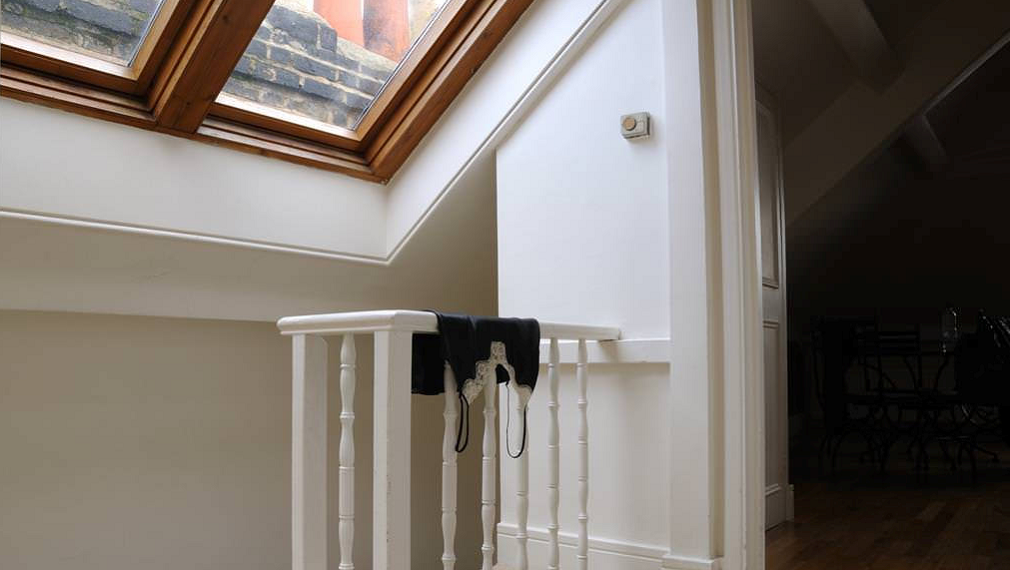
Newer model skylights tend not to have a tendency to leak.
But, leaks are probably what most skylights are susceptible to.
There are various causes of leaking from skylights (such as fractures in the weather sealing) but not all of them are related to the actual installation. Leaks can be due to condensation in the room, wear and tear to the roof or faulty flashing around the skylight.
Of course, another reason may be that the skylight hasn’t been properly closed.
All of these of these possibilities are considered when checks are made but the most likely reason for a leaking skylight is fault roof flashing…
We’ll come on to flashing in a moment or two.
Because Prestige Roof Lanterns uses a powder-coated aluminium capping system on the outside of our lanterns, there is very little timber exposed to the elements. However, we advise a repaint every five years to ensure the quality is maintained.
3. Glass check

Although our skylights are double-paned there is still the possibility of the glass inside or out being cracked. Naturally, a falling tree, branches blown in the wind, or masonry sliding from a higher point on the roof can cause a degree of damage.
Arguably the types of skylight most susceptible to this sort of event are those on a flat roof.
Damage to glass isn’t just unsightly. Once its structural integrity is compromised, even by the smallest chink, the skylight is more prone to glass failure, which may cause more leaks.
If you notice any cracks, call us straight away!
Some smaller fractures may be repaired on-site but something more substantial will require a new pane of glass.
4. Gear and motor check
To allow for fresh air circulation, we manufacture and install some skylights that can be opened. Depending on their height and accessibility they will be manual or motor-operated.
The mechanism used to open the window also needs to be maintained regularly. It may jam or become harder to work and you may be able to gauge just by its motion whether there is something wrong with the mechanism.
Even so, it is best not to try to fix the fault yourself.
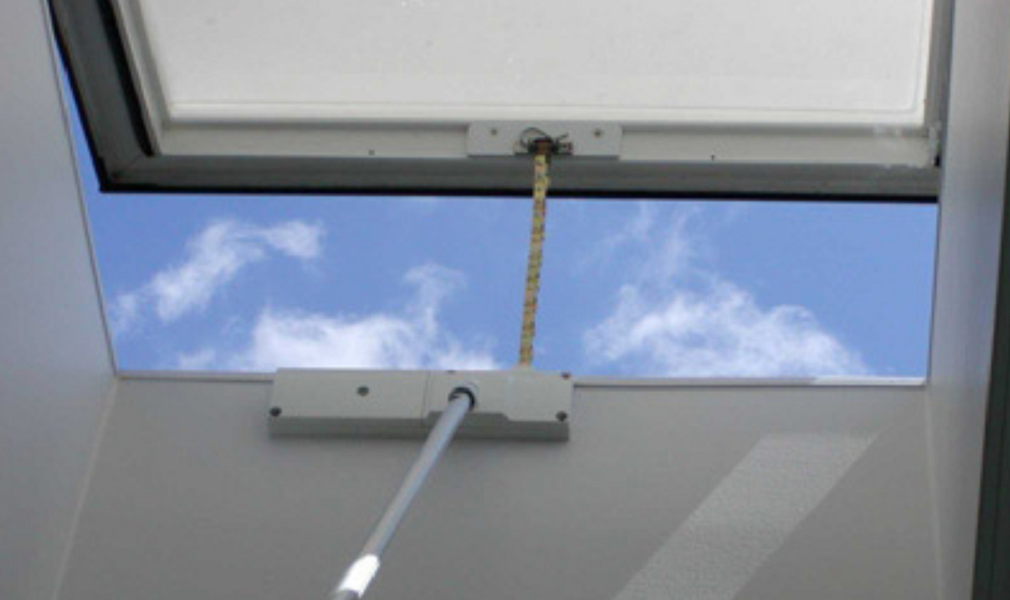
We source many of our skylight products from such companies as FAKRO, Velux and FENSTRO so we are experts in their operation. If you think you’ve found a fault, let us know.
5. Roof flashing
The natural deterioration of a skylight can lead to big headaches, which is why regular maintenance is essential. But sometimes you will find it hard to check every element of the installation yourself.
As mentioned before, poor or degraded flashing is one of the biggest causes of a leaking skylight.
And it is very important to make sure the flashing is in a good condition.
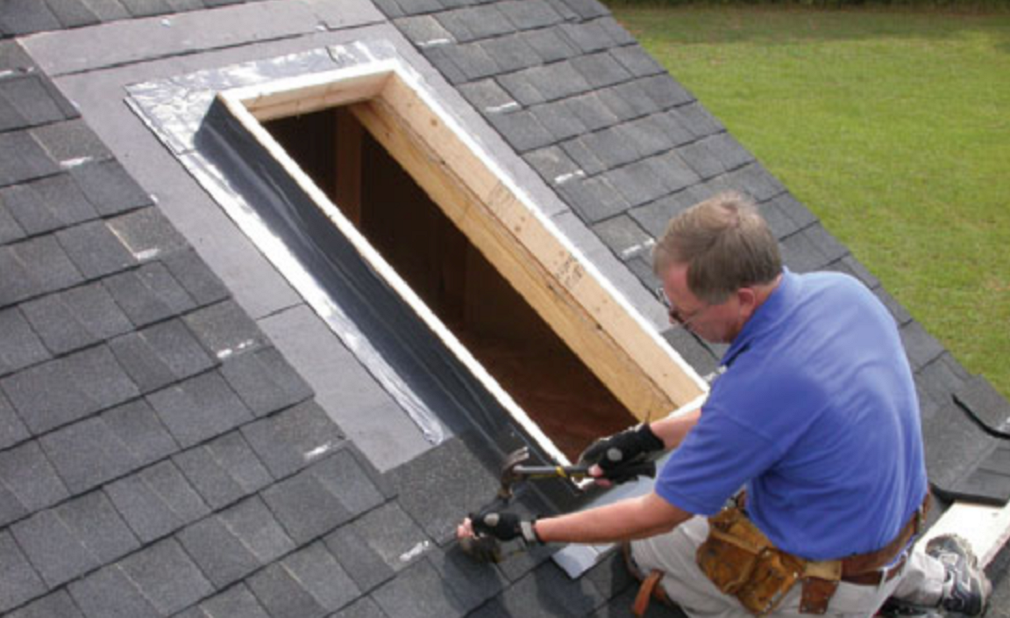
Flashing is a term used to describe waterproof material installed above a structure or joint in the roof. Its job is to prevent any water from flowing from the outside in.
Without roof flashing rainwater would makes its way into every corner of the house from between the roof tiles, the joins in the chimney and around windows and skylights.
As a method of protecting the structure of your house from damp ingress,
flashing is one of the most important.
So, it goes without saying:
The flashing around the skylight should be check over regularly.
As well as inspecting the flashing you see on the roof, the condition of it under the tiles should be ascertained.
A professional inspection is best, but the DIY-savvy among you may want to try this yourself.
But, one more thing:
If you’re not comfortable at the top of a ladder, don’t do it!
6. Skylight air filters
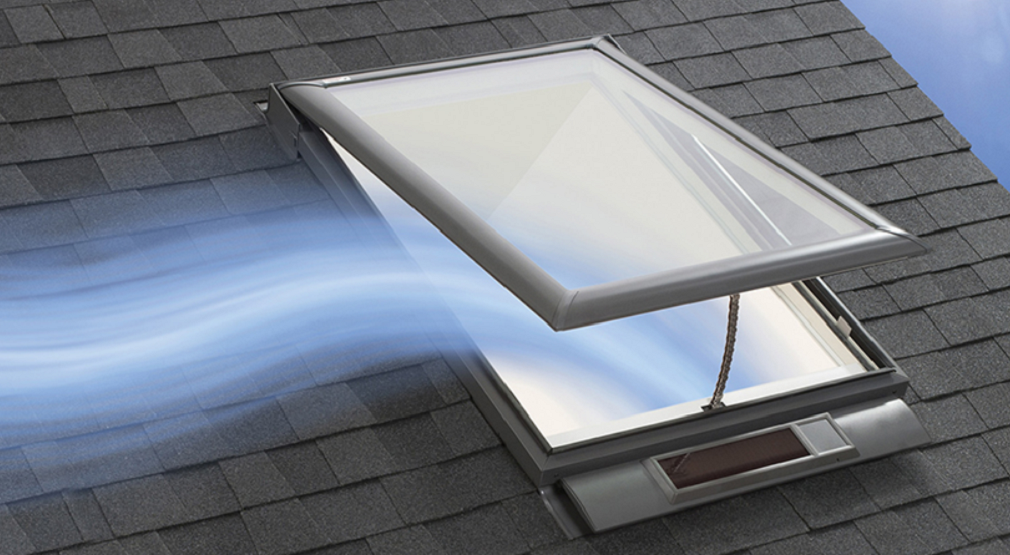
Not paying attention to the upkeep of your skylight may cause the room that it is in to grow humid.
And if this happens, condensation will build up quickly.
Condensation can lead to:
• Peeling wallpaper
• Damp patches on walls and ceilings
• Streaming windows
• Growth of mould and mildew
• Structural damage
Although mostly found in kitchens and bathrooms where there is often running water, condensation can strike any room. If you have a skylight and you suspect things are hotting-up, regular ventilation is the answer – perhaps opening the window for five minutes at a time at least three or four times a day.
Make sure as well that the air filter in your skylight (if it has one) is clean and free of dirt. The air filter can often be removed and washed with an ordinary household cleaner.
A final word on skylight upkeep
An annual inspection from Prestige Roof Lanterns will go hand-in-hand with your own style of maintenance and regular cleaning.
Because professionals can reach the parts that others can’t!
Remember: not seeing any signs of deterioration doesn’t necessarily mean everything’s OK. But if you look after your skylight in the best way possible you should feel safe in the knowledge that it will last for a long time to come.

To recap, your new skylight installation – although highly unlikely to need stringent maintenance – will require on a regular basis:
- A filter change
- A thorough check of flashing around the skylight
- The roof area cleared of debris and inspected for damage
- Regular venting to avoid condensation
A well-installed skylight is a thing of beauty. It brightens the home and animates rooms, making them feel bigger and more welcoming; it also saves you money on bills.
There’s no reason in the world not to consider one, especially with such a range of options from Prestige Roof Lanterns.
And now you know what it takes to keep your skylight in perfect working order, perhaps you should make a start on that cleaning…




